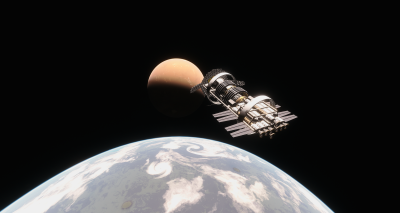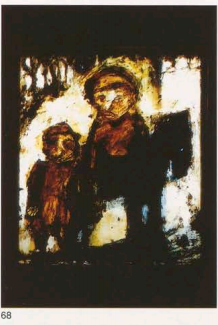What is it?
To discuss serendipity applied to the areas of Information Science it is first necessary to discuss the meaning of this weird word: Serendipity means, simply put, an unexpected, useful and happy discovery. This suggests something radically different, that is something expected, useless and unhappy (zemblanity).
Or, even more, suggests more specific terms like pseudo-serendipity and nemorinia. Still in the case of these words there are additions like “realized” and “perceived” that describe the context in which they are used.
My first contact with all those expressions of serendipity comes from the text of Solomon and Bronstein (2018) who visit the opera L’elisir d’Amore to describe the different forms that serendipity, pseudo-serendipity, zemblanity and others appear throughout the story.
Entering in contact with these terms brought me many questions, but a important clue that can be picked from this text is the way that the authors address the study of this phenomena:
The study uses a hermeneutic reading from an information-behavioural perspective, of L'elisir d'amore libretto’s 1885 Oliver Ditson edition with Italian and English text, through which several information-behavioural “central themes” were identified. (Solomon, Bronstein, 2018, p. 2)
Through this described approach it gets clear that serendipity and its other adjacent words deal with much more than the random event alone, but rather how people interact with this random event, which can be described as a human information behavior.
This differentiation will reveal itself to be very important to understand how serendipity is treated and studied in other texts that will be analyzed later. For the time being, other references can be raised about the meaning of serendipity.
The article Serendipity and its study by Foster and Ellis (2014) presents a much deeper understanding of serendipity and its philosophical contexts, specially in the context of the philosophy of science and of information science.
About the texts of Robert Merton over serendipity and the “serendipitous pattern” the authors of the article identify the influences of Walter Cannon (with his use of “serendipity” in the study of science) and Charles Peirce (with his recognition of the role of the logical process of “abduction” of a hypothesis).
Merton elaborates that serendipity is the discovery of a unusual fact, while the serendipitous pattern also includes the process of recognizing a potential in this unusual fact, developing a explanatory hypotheses that can become a new theory or used in the context of other theories, all this being a process of abduction.
We then identify two simple distinctions that can guide the understanding of this concept applied not only in libraries, but in other spaces of information too, the first distinction being serendipity itself, its discovery as the unusual fact and its possible use, while the second is the act upon this discovery, including all the steps e patterns that are seen in the scientific process of abduction.
They may look little different, but this distinctions are important to describe how much a person may be willing to use their time in a search; if a research is academic, an unexpected discovery, tangential to the research theme, has a better probability to becoming a serendipitous pattern, while a person that unpretentiously visits a library or a weird website can find interesting, useful and fun discoveries even if they don’t move on to the steps of a serendipitous pattern.
This serendipity found in a library, on the web, in a museum etc will be better explored in the third part and continued in the fourth of this series of texts, in these next parts will be discussed the concepts of “information encountering” and “browsing”, concepts that will complete a basic look over serendipity in information science and its day by day. In the next part (second) I will explore how the concepts of serendipity are explained by their wikipedia articles in portuguese, english and spanish, also seeking to demonstrate and apply ways to improve the article in portuguese on the subject.
- FOSTER, Allen Edward; ELLIS, David. Serendipity and its study. Journal Of Documentation, [S.L.], v. 70, n. 6, p. 1015-1038, 7 out. 2014. Emerald. http://dx.doi.org/10.1108/jd-03-2014-0053.
- SOLOMON, Yosef; BRONSTEIN, Jenny. Information Serendipity, Pseudo-Serendipity, Zemblanity, Disruptive Discovery and Nemorinity: revisiting donizetti's and romani's opera buffa l'elisir d'amore. In: ICONFERENCE 2018, ., 2018, Urbana-Champaign. Proceedings [...] . Urbana-Champaign: iSchool, 2018. p. 1-4. Disponível em: https://hdl.handle.net/2142/100225. Acesso em: 29 jan. 2023.

